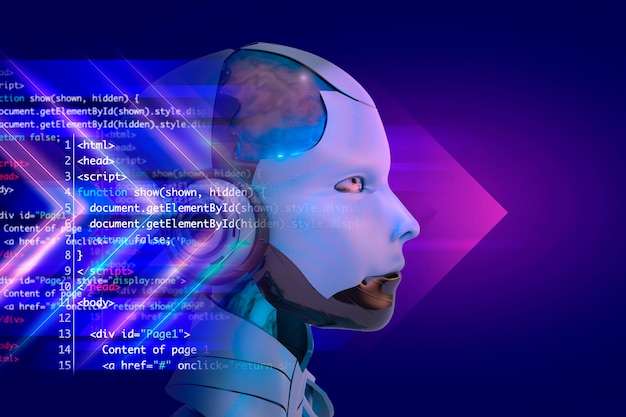• Start with an engaging hook about the universal love for pizza and how technology is upping the game in Princeton.
• Describe how machine learning and artificial intelligence are transforming industries—and now, even the pizza industry.
• Highlight what the blog will cover, including the role of machine learning in crafting perfect pizzas, optimizing pizza delivery services, and offering personalized toppings to consumers.
Body Sections
1. The Science Behind the Slice
• What is machine learning? Provide a simple overview of machine learning algorithms for readers new to the technology.
• Explore how machine learning can analyze data—like customer preferences, time of day, and weather patterns—to influence pizza-related decisions.
• Introduce the term “Artificial Intelligence Technology” and explain its role in evolving food tech.
2. Crafting the Perfect Pizza with Data
• Optimizing Crust, Sauce, and Cheese Ratios
• Explain how AI models test combinations of ingredients to craft the ideal slice.
• Highlight examples of custom pizza toppings based on data collected from local preferences in Princeton.
• Personalization Through Machine Learning Algorithms
• Discuss how algorithms can suggest custom toppings to customers based on previous orders or dietary preferences.
• Use real or hypothetical examples of Princeton-based pizzerias employing these techniques.
3. Smarter Pizza Delivery Options
• Efficient Delivery Routes
• Analyze how machine learning optimizes delivery routes by factoring in traffic patterns and order density to reduce delivery times.
• Introduce case studies or examples of pizza delivery options using AI for smoother logistics.
• Drone and Robotics Integration
• Explore innovations like AI-driven robotic pizza delivery, a potential future trend for Princeton.
4. How Princeton is Leading the Way
• List a few standout pizza joints in Princeton implementing AI and machine learning in their operations.
• Discuss community involvement and how local feedback and data drive more innovative, customer-centric solutions.
• If relevant, briefly mention any partnerships between university researchers and local businesses experimenting with food technology.
5. Challenges and Ethical Considerations
• Highlight challenges in employing machine learning within the food and beverage industry, such as ensuring data privacy and maintaining affordable pricing.
• Offer insights into ethical considerations, like reducing food waste using predictive AI models.
• Raise the question of balancing personalization and automation with traditional hands-on pizza-making charm.
Conclusion
• Summarize the exciting intersection of technology and food, particularly how machine learning and artificial intelligence are revolutionizing the pizza industry in Princeton.
• Reiterate key benefits like personalized experiences, smarter delivery systems, and even better-tasting pizzas.
• End on an inspiring call-to-action by prompting readers to check out local Princeton pizzerias or share their thoughts on how technology is redefining food.






